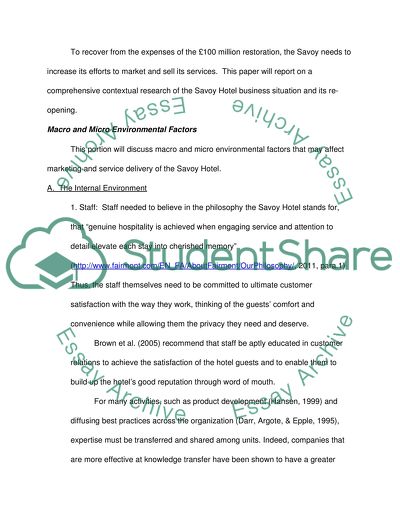Cite this document
(“The Savoy Hotel- Marketing and Operations Report Essay”, n.d.)
Retrieved from https://studentshare.org/environmental-studies/1406900-the-savoy-hotel-marketing-and-operations-report
Retrieved from https://studentshare.org/environmental-studies/1406900-the-savoy-hotel-marketing-and-operations-report
(The Savoy Hotel- Marketing and Operations Report Essay)
https://studentshare.org/environmental-studies/1406900-the-savoy-hotel-marketing-and-operations-report.
https://studentshare.org/environmental-studies/1406900-the-savoy-hotel-marketing-and-operations-report.
“The Savoy Hotel- Marketing and Operations Report Essay”, n.d. https://studentshare.org/environmental-studies/1406900-the-savoy-hotel-marketing-and-operations-report.


